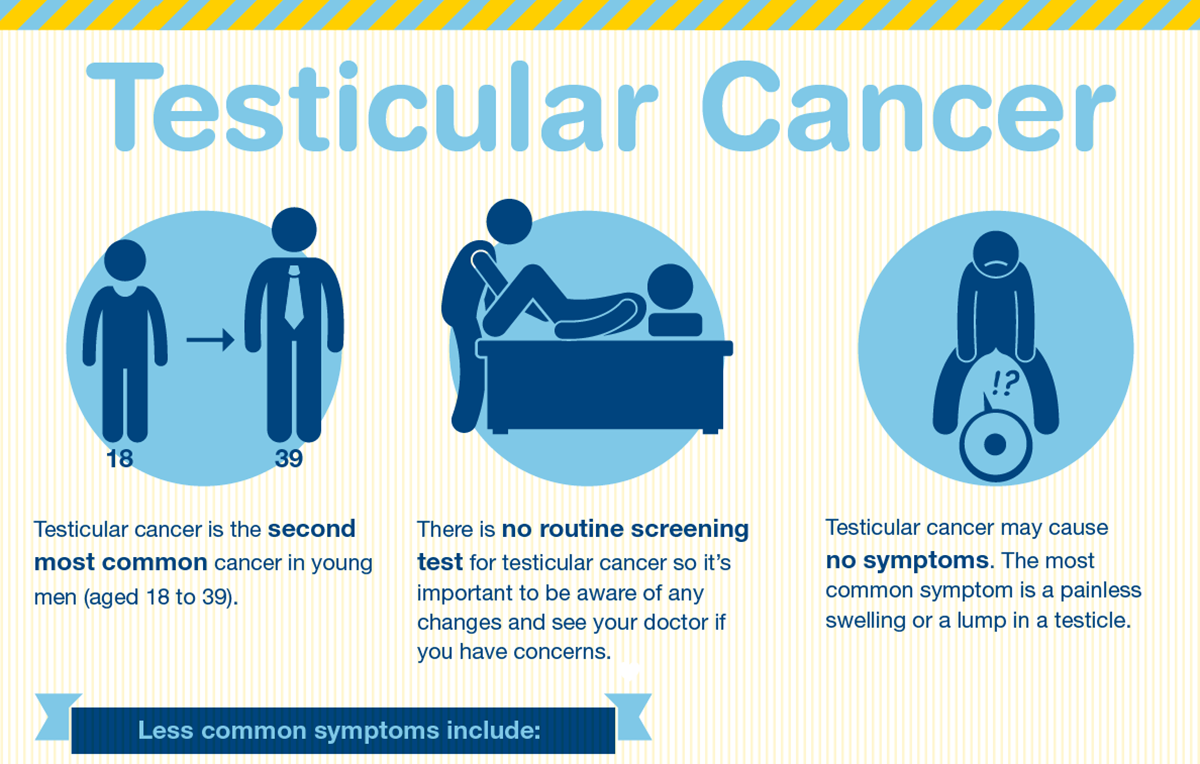Morgan Spurlock’s Cancer Diagnosis: What Type Of Cancer Did Morgan Spurlock Have

What type of cancer did morgan spurlock have – Morgan Spurlock, the renowned American filmmaker, was diagnosed with testicular cancer in 2006 at the age of 36.
Spurlock initially experienced a dull ache in his left testicle, which he initially dismissed as a minor discomfort. However, the pain persisted and gradually intensified over several weeks, prompting him to seek medical attention.
Symptoms and Diagnosis
Upon examination, Spurlock’s doctor discovered a lump on his left testicle. Further tests, including an ultrasound and biopsy, confirmed the presence of testicular cancer.
Testicular cancer is a type of cancer that develops in the testicles, the male reproductive organs responsible for producing sperm and testosterone. It is relatively rare, accounting for only about 1% of all cancers in men.
The most common symptom of testicular cancer is a painless lump or swelling in one or both testicles. Other symptoms may include:
- Pain or discomfort in the testicles
- Enlargement or tenderness of the breasts
- Back pain
- Shortness of breath
- Coughing up blood
If you experience any of these symptoms, it is important to see your doctor right away, as early diagnosis and treatment of testicular cancer significantly improve the chances of a successful outcome.
Testicular Cancer

Testicular cancer is a type of cancer that develops in the testicles, the male reproductive organs. It is the most common cancer among young men between the ages of 15 and 35. Testicular cancer is highly curable if detected and treated early.
The exact cause of testicular cancer is unknown, but there are certain risk factors that can increase the chances of developing it. These include:
- Undescended testicles (cryptorchidism)
- A family history of testicular cancer
- Certain genetic conditions, such as Klinefelter syndrome
- Exposure to certain chemicals, such as herbicides and pesticides
There are two main types of testicular cancer:
- Seminoma: This type of cancer is more common and usually occurs in men between the ages of 20 and 40. Seminomas are usually curable if treated early.
- Non-seminoma: This type of cancer is less common and usually occurs in men between the ages of 30 and 50. Non-seminomas are more aggressive than seminomas and may be more difficult to treat.
The prognosis for testicular cancer depends on the stage of the cancer at the time of diagnosis. The earlier the cancer is diagnosed and treated, the better the prognosis. The five-year survival rate for testicular cancer is over 95% if the cancer is diagnosed and treated early.
The most common treatment for testicular cancer is surgery to remove the affected testicle. In some cases, chemotherapy or radiation therapy may also be used. The type of treatment will depend on the stage of the cancer and the patient’s overall health.
Morgan Spurlock’s Treatment and Recovery

Morgan Spurlock underwent a treatment plan that involved surgery, chemotherapy, and radiation therapy. The surgery was performed to remove the cancerous testicle. Chemotherapy was used to kill any remaining cancer cells in the body, while radiation therapy was used to target and destroy any cancer cells that may have spread to other parts of the body.
Challenges and Side Effects, What type of cancer did morgan spurlock have
Spurlock faced several challenges and side effects during treatment. These included fatigue, nausea, vomiting, hair loss, and weight loss. He also experienced emotional challenges, such as anxiety and depression.
Recovery Process
Spurlock’s recovery process was long and difficult. He had to undergo physical therapy to regain his strength and mobility. He also had to deal with the emotional challenges of cancer survivorship. However, with the support of his family and friends, he was able to overcome these challenges and return to a full and active life.
